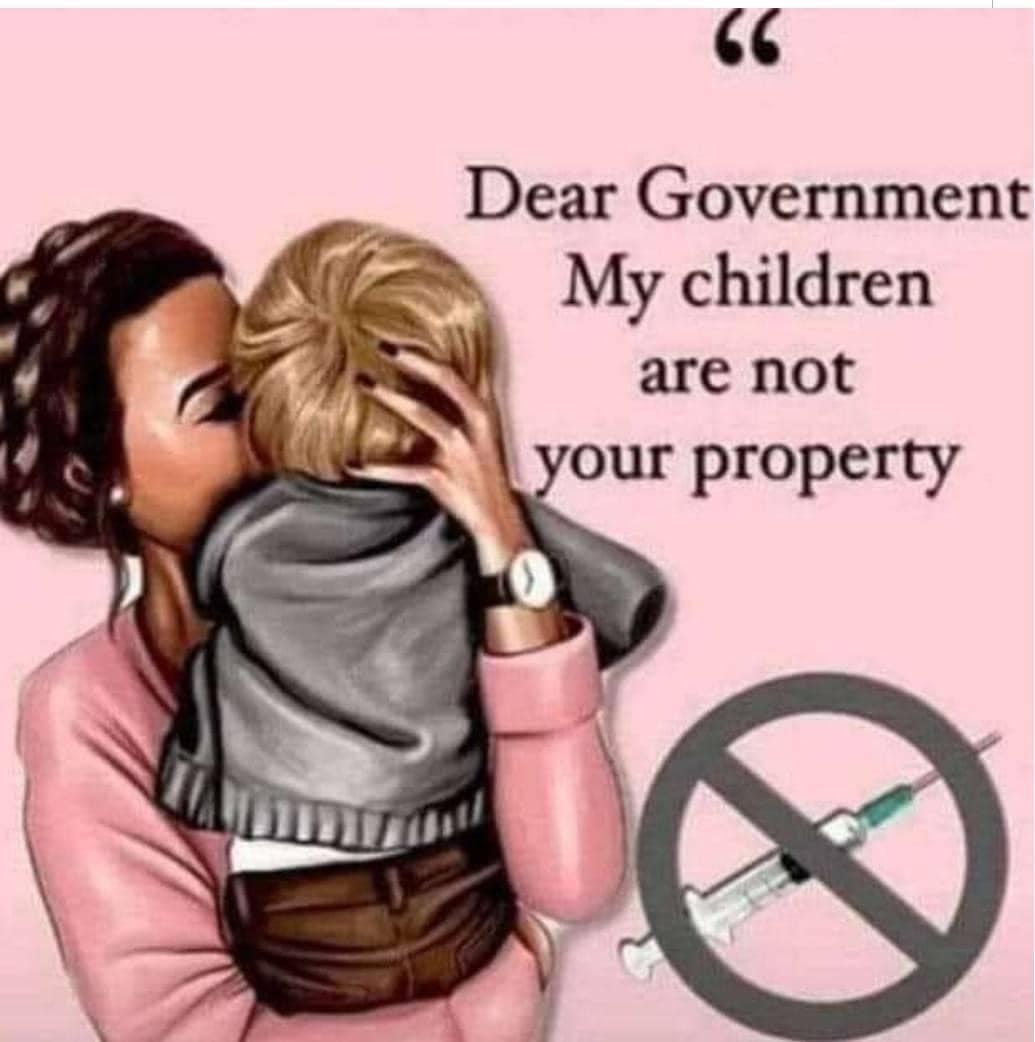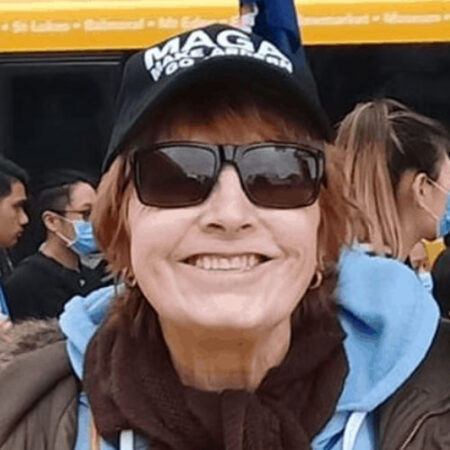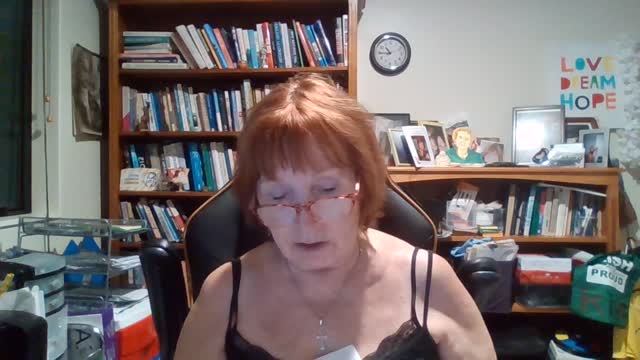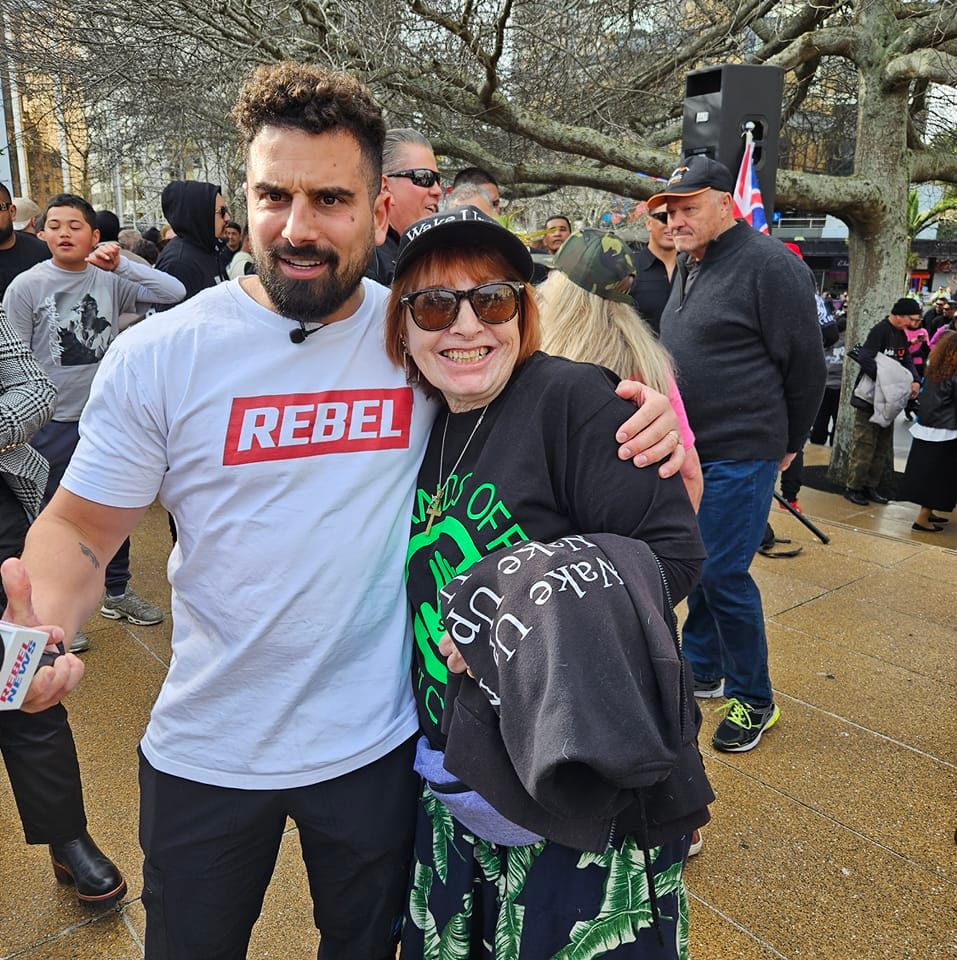
LINKS TO THE HISTORY OF SEXUALIZING CHILDREN IN THE NZ SCHOOL CLASSROM
These links are reference to my last two video’s on this subject. 2020-2030 Global Sexualization of children (UN). UN Agenda 2030 Global Development Goals (SDGs). Documented in the UN Technical Brief of Anti School Bullying in Schools globally Studies and Surveys of schools students
LINK Several approaches were used for questioning students about themselves, in these UN Surveys, studies March 2019 https://www.ohchr.org/sites/default/files/Documents/Issues/SexualOrientation/Data/UNESCO.pdf
Several approaches were used for questioning students about themselves, in these UN Surveys, studies March 2019 https://www.ohchr.org/sites/default/files/Documents/Issues/SexualOrientation/Data/UNESCO.pdf
A first example is provided by the 2015 Youth Risk Behaviour Surveillance System (YRBS), conducted by the Centres for Disease Control and Prevention (CDC) in the USA. Statistically analysed together with a sub-group of bisexual respondents, another subgroup identified ‘Not Sure: of gender.
Youth2000 survey in New Zealand. This is conducted among 9-13 year olds and, since 2012, has included a question about whether students self-identify as transgender. The sample for the most recent survey (2012) involved students being randomly selected from 91 schools that, in turn, were randomly selected from all eligible schools (those with at least 50 students) from across the country.
The resulting sample – of 8,500 respondents – proved large and representative enough for the implementers to find that 1.2% of students identify as transgender – a figure that is significant enough to enable statistical comparisons (Clark, et al., 2013).
UNESCO-supported study in four countries in Southern Africa, questionnaires used in schools referred to gender non-conforming students as ‘people who are seen as different in terms of gender (boys who look or act like girls; girls who look like or act like boys)’.
Auckland University Sample size 28,000. Conducted 2001, 2008, 2012 9-13 yr olds www.fmhs.auckland.ac.nz/en/faculty/adolescent-health-research-group/youth2000-national-youth-health-survey-series.html
Source. http://cdc.gov/HealthyYouth/yrbs Global school-based student health survey Type: School-based survey. Country: Global. Population: Adolescents. Age: 13-17 year olds. Sample size: Unknown. Frequency: From 2018. Further information: https://www.cdc.gov/GSHS/
Source: Growing up today study 2 Type: Population-based survey. Country: USA. Population: Children of Nurses’ Health Study participants. Age: 10-17 year olds (2004). Sample size: 10,900. Frequency: Annually since 2004. Further information: www.gutsweb.org
https://www.samhsa.gov/data/data-we-collect/nsduh-national-survey-drug-use-and-health
From 2018. Further information: https://www.cdc.gov/GSHS/
http://www23.statcan.gc.ca/imdb/p2SV.pl?Function=getSurvey&SDDS=3226
Transgender Age: 14-18 year olds (Grades 9-12). Sample size: Varies. Further information: http://cdc.gov/HealthyYouth/yrbs
Age: 12-18 year olds (Grades 7-12). Sample size: 14,400. Frequency: 1994–2008 (longitudinal). Further information: http://cpc.unc.edu/projects/addhealth
School-based survey. Country: Global. Population: Adolescents. Age: 13-17 year olds. Sample size: Unknown. Frequency: 2018. Further information:https://www.cdc.gov/GSHS/
Respondents were given a range of gender identity options. EG., whether or not they self-identify as transgender. The following are two examples of best practice questions about gender identity.
Example 2: Question: Do you think you are transgender? This is a girl who feels like she should have been a boy, or a boy who feels like he should have been a girl. (e.g. Trans, Queen, Fa’faffine, Whakawahine, Tangata ira Tane, Genderqueer. New Zealand www.fmhs.auckland.ac.nz/en/faculty/adolescent-health-research-group/youth2000-national-youth-health-survey-series.html
Intersex Human Rights Australia. (2012). Including intersex in research studies and surveys. Retrieved from https://ihra/org.au/20042/ on-requests-for-research/
Kann, L., Olsen, E. O., McManus, T., Harris, V. A., Shanklin, S. L., Flint, K. H., . . . al, e. (2016). Sexual identity, sex of sexual contacts and health-related behaviors among students in Grades 9-12 – United States and Selected Sites, 2015. MMWR Surveill Summ.
Patterson, J. G., Jabson, J. M., & Bowen, D. J. (2017, April 1). Measuring sexual and gender minority populations in health surveillance. LGBT Health, 82-105.
UNESCO. (2015). From insult to inclusion: Asia-Pacific report on school bullying, violence and discrimination on the basis of sexual orientation and gender identity. Paris and Bangkok: UNESCO.
UNESCO. (2016). Out in the open: Education sector responses to violence based on sexual orientation and gender identity/expression. Paris: UNESCO.
UNESCO. (2019). Behind the numbers: Ending school violence and bullying. Paris: UNESCO.
REFERENCE MADE TO UN AGENDA 2030 SDG 4.
https://www.ohchr.org/sites/default/files/Documents/Issues/SexualOrientation/Data/UNESCO.pdf
https://www.cbsnews.com/news/world-health-organization-removes-gender-dysphoria-from-list-of-mental-illnesses/
: Adolescents. Age: 13-17 year olds. Sample size: Unknown. Frequency: From 2018. Further information: https://www.cdc.gov/GSHS/
. Age: 14-18 year olds (Grades 9-12). Sample size: Varies. Further information: http://cdc.gov/HealthyYouth/yrbs
: School-based survey. Country: Global. Population: Adolescents. Age: 13-17 year olds. Sample size: Unknown. Frequency: 2018. Further information:https://www.cdc.gov/GSHS/
BIOGRAPHY: INCLUDED:-
Australian Government. (2013). Guidelines on the recognition of sex and gender. Barton: Commonwealth of Australia.
Clark, T. F., T., B. P., Crengle, S., Denny, S., Dyson, B., Fortune, S., . . . Rossen, F. (2013). Youth’12 Prevalence Tables: The health and wellbeing of New Zealand secondary school students in 2012. Auckland, New Zealand: The University of Auckland
Intersex Human Rights Australia. (2012). Including intersex in research studies and surveys. Retrieved from https://ihra/org.au/20042/ on-requests-for-research/
Kann, L., Olsen, E. O., McManus, T., Harris, V. A., Shanklin, S. L., Flint, K. H., . . . al, e. (2016). Sexual identity, sex of sexual contacts and health-related behaviors among students in Grades 9-12 – United States and Selected Sites, 2015. MMWR Surveill Summ.
Patterson, J. G., Jabson, J. M., & Bowen, D. J. (2017, April 1). Measuring sexual and gender minority populations in health surveillance. LGBT Health, 82-105.
UNESCO. (2015). From insult to inclusion: Asia-Pacific report on school bullying, violence and discrimination on the basis of sexual orientation and gender identity. Paris and Bangkok: UNESCO.
UNESCO. (2016). Out in the open: Education sector responses to violence based on sexual orientation and gender identity/expression. Paris: UNESCO.
UNESCO. (2019). Behind the numbers: Ending school violence and bullying. Paris: UNESCO.
REFERENCE MADE TO UN AGENDA 2030 SDG 4.
https://www.ohchr.org/sites/default/files/Documents/Issues/SexualOrientation/Data/UNESCO.pdf
.https://www.cbsnews.com/news/world-health-organization-removes-gender-dysphoria-from-list-of-mental-illnesses/
29TH May 2019.. video World Health Assembly updated 25th May 2019 ICD-11 updated for 21st Century reflects critical advances in science and medicine. Is reframed as Gender Incongruence NOT Gender Identity Disorder as previous. Is described by a marked incongruence between an individuals experienced/ expressed gender and the assigned sex in pre-pubertal children.
https://www.ohchr.org/sites/default/files/Documents/Issues/SexualOrientation/Data/UNESCO.pdf 20 PAGES





Leave a Comment